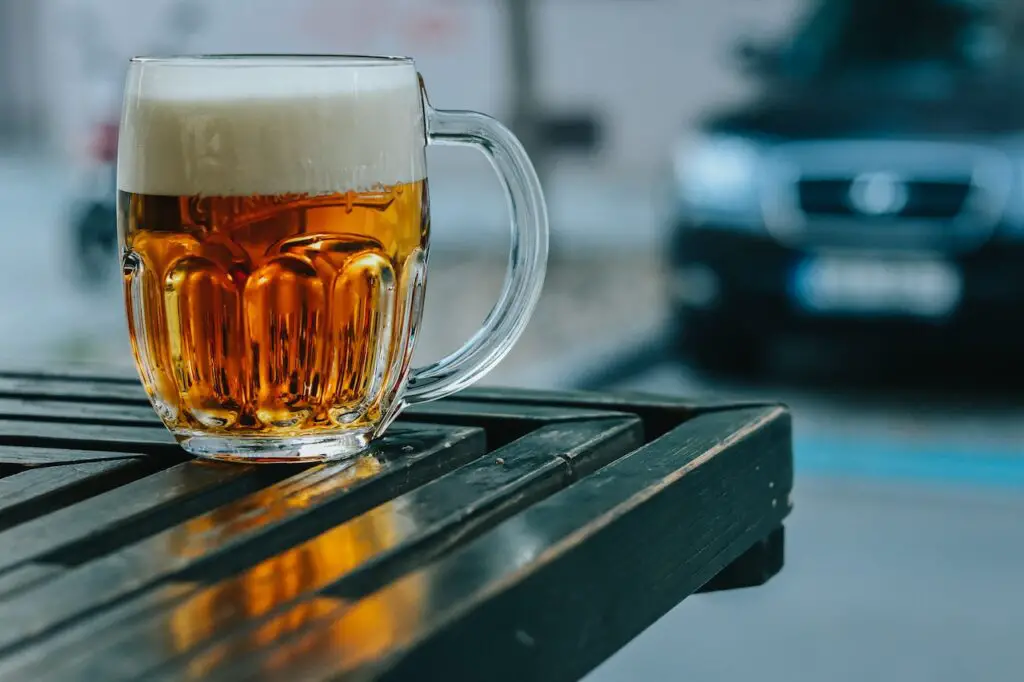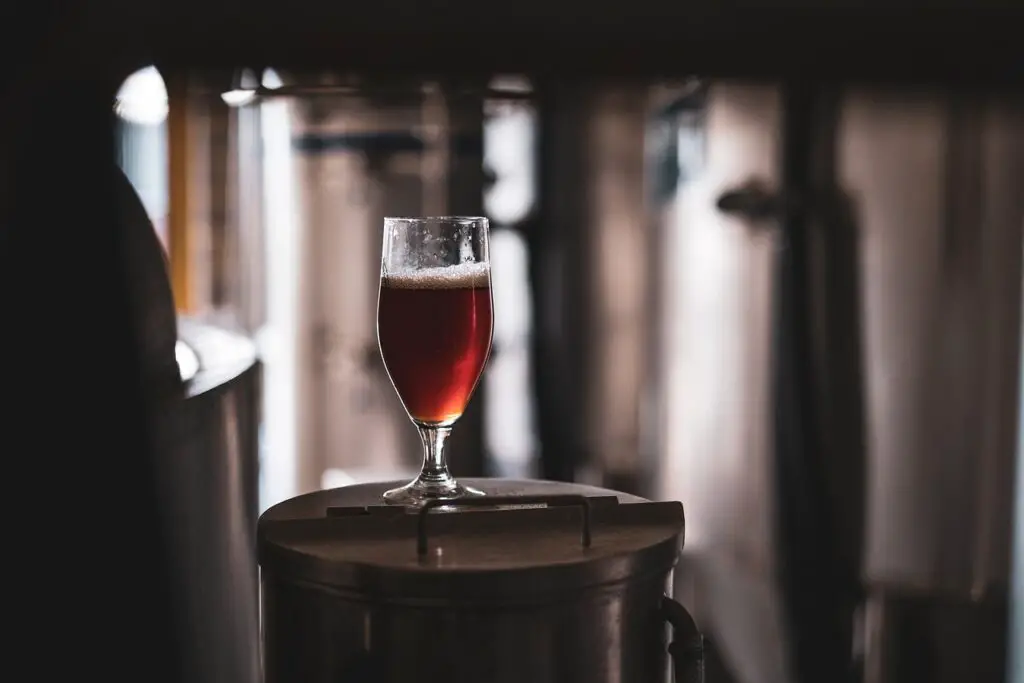If you buy something through a link in our posts, we may get a small share of the sale.
Fermentation always has two processes: primary and secondary. The primary fermentation is the conversion of sugar to alcohol by yeast. Secondary fermentation is the transformation of remaining sugars into Co2 and alcohol. Many commercial breweries and some homebrewers choose to skip this step when brewing. So, is secondary fermentation necessary?
Is Secondary Fermentation Necessary?
No, secondary fermentation is not necessary when brewing your beer unless you want to achieve a specific taste or when the beer requires an extended aging process. If you are not looking to enhance the flavor or extend the shelf-life of your beer, then there is no need to go through the extra step of this fermentation phase.

Many experienced brewers believe that primary fermentation is enough to produce well-rounded beer, especially if you are brewing low-gravity beers with little to no adjuncts. You only need to let the beer sit on the yeast cake and trub (the sediment at the bottom of the fermenter) for a few days before bottling or kegging. That way, you can avoid the potential off-flavors created when bottling or kegging too early.
However, at times, brewers may want to go through secondary fermentation for specific beer styles or prevent potential problems. For example, if you are brewing a high-gravity beer or one with many adjuncts, you may want to consider the second fermentation phase. This is because these types of beers can have a longer primary fermentation, producing more esters and flavors you may not want in your final product.
Why Skip This Fermentation Process?
There are various reasons why experienced and novice brewers alike choose to skip this fermentation phase. So, if you are an amateur and are wondering if you should skip this phase, here are some things to consider:
- It is time-consuming: One of the main reasons brewers choose to avoid this stage is because it can take up a lot of time, which will often delay when you can drink your beer. If you are impatient and just want to get to the drinking part, then avoid it altogether.
- It may introduce oxygen: If you are not careful, this stage can introduce oxygen to your beer, leading to oxidation and off-flavors. This involves transferring your beer from one container to another, which can introduce oxygen if not done correctly.
- You may not have the right equipment: If you do not have a secondary fermenter or a carboy, you will not be able to do this fermentation phase properly.
- It may introduce bacteria and wild yeast: If you are not careful, this stage can also introduce bacteria and wild yeast into your beer. This can lead to contamination of your beer.
What Do the Pro Brewers Do to Avoid This Fermentation Phase?
Most professional brewers will often skip this fermentation phase as it is unnecessary for brewing and can delay when the beer is ready to drink. However, some will do a partial secondary fermentation, which involves transferring the beer to another vessel after primary fermentation is complete.

Currently, brewers have a conical fermenter that acts as an all-purpose vessel, meaning they will often do both the secondary and primary fermentation in the same vessel. The bottom of the conical fermenter is where the yeast and trub will settle, letting the beer naturally clarify itself.
The conical fermenter also has a valve at the bottom, allowing the brewer to easily remove the yeast and trub without transferring the beer to another vessel. This ensures there is no introduction of oxygen, which can lead to oxidation and off-flavors. Contamination is also restricted since the beer never has to leave the confines of the fermenter.
Frequently Asked Questions
How Long Can You Leave Beer in Primary Fermenter?
Beer can remain in the primary fermenter for two to six weeks without negatively impacting the final product. Many brewers believe that primary fermentation is enough to produce well-rounded beer.
Can You Bottle Straight From the Fermenter?
Yes, you can bottle your beer straight from the fermenter. However, it is often recommended that you let the beer settle and clarify for a few days to weeks in the fermenter before bottling. This will produce a cleaner beer with fewer off-flavors.
How Do You Know When Secondary Fermentation Is Complete?
You will know this fermentation phase is complete when there is no more yeast activity, and the beer has clarified. This can take anywhere from one to six weeks. However, the duration will also depend on the beer you are brewing. For example, lagers will often take longer to ferment than ales.
Conclusion
The second fermentation phase is unnecessary, as it can often delay your beer without improving the final product. However, some brewers still choose to do it partially or use special equipment to have a clear beer and avoid oxidation. Cheers!

